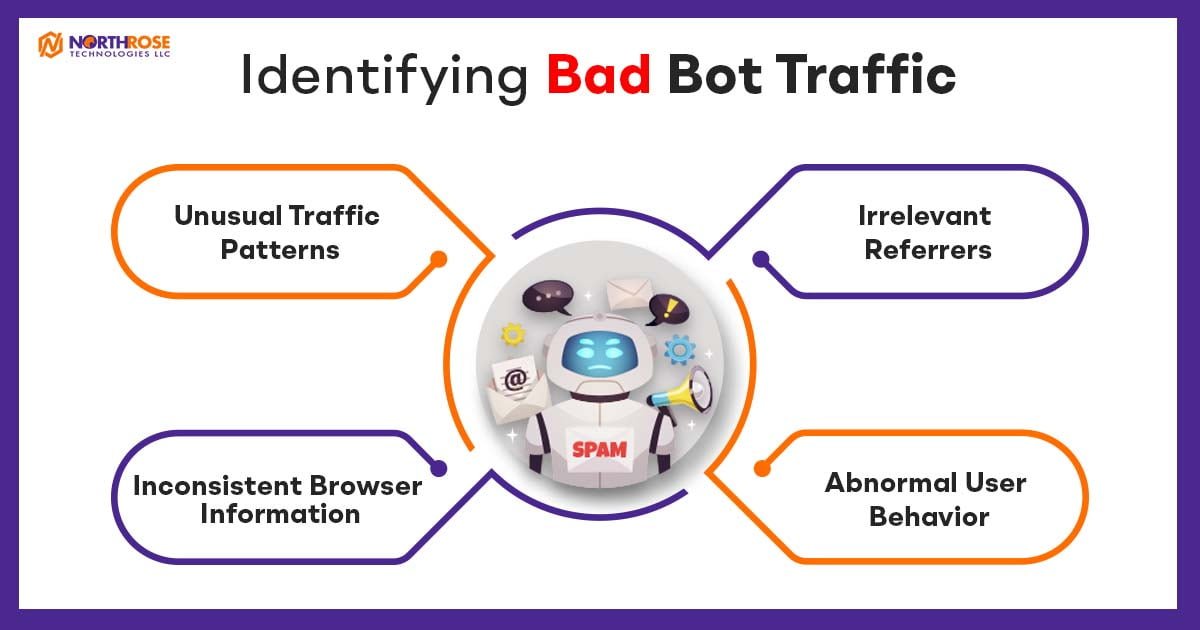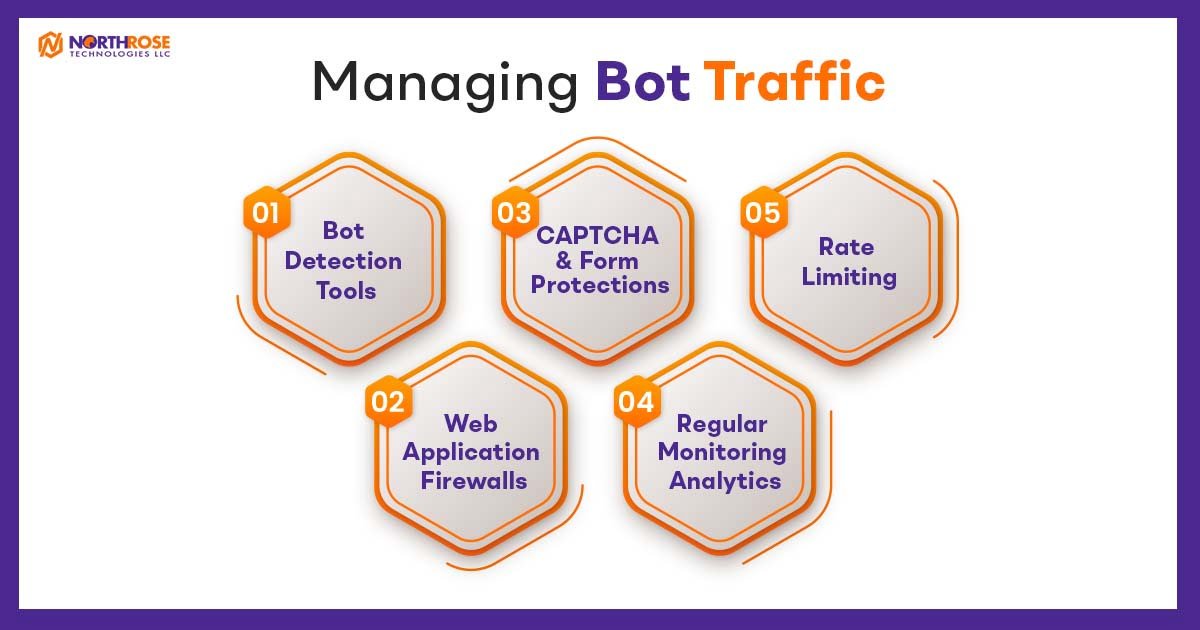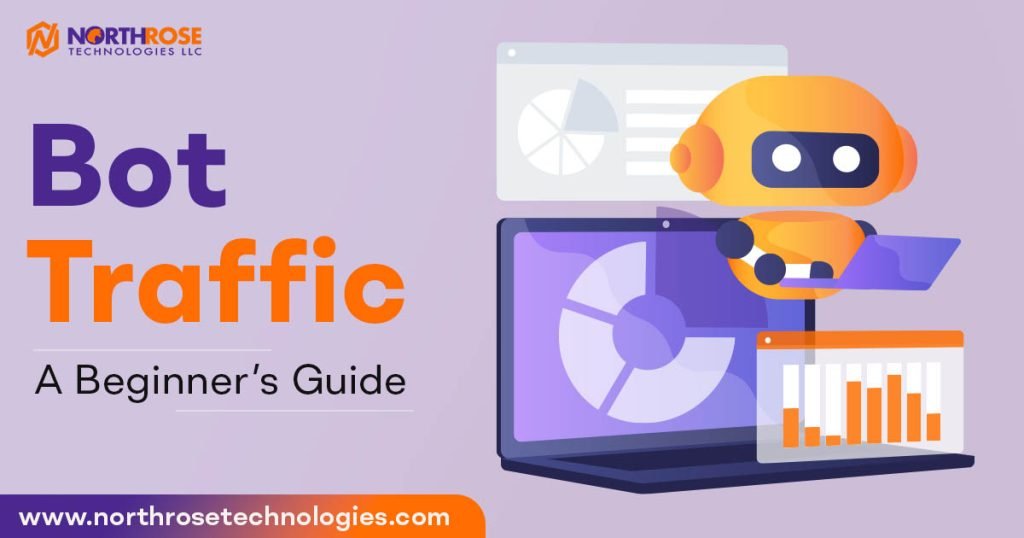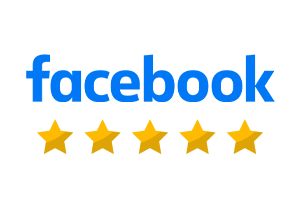Websites and online businesses are always combating a growing threat in today’s digital age: bot traffic. Bots are automated software programs that are designed to do various activities on the internet.
While some bots are useful, others can cause havoc on your website and jeopardize its integrity.
What is Bot Traffic?
As organizations rely more on digital marketing, it’s critical to comprehend the impact of bot traffic.
Bot traffic refers to non-human visits to your website, and it accounts for 42.3% of all Internet traffic.
The majority of bot traffic is absolutely natural. This “regular” traffic is divided into several groups, including search engine crawlers, crawlers from SEO marketing tools, and copyright bots amongst others.
Understanding Good Bot Traffic
Not every bot is malicious or harmful to your website. In fact, good bot traffic is critical to sustaining the internet’s functionality and accessibility. Ensuring that your website is optimized for these good bots is vital.
Here are some instances of helpful bots:
- Search Engine Crawlers:
Search engines, such as Google and Bing, use bots to scan and index web pages, allowing users to access relevant information through search queries. They are critical to your website’s visibility on search engine result pages (SERPs).
- Chatbots:
Chatbots, which have become popular in customer service, deliver automatic responses to user inquiries, improving user experience and reducing the pressure on customer support employees.
- Price Comparison Bots:
These bots help users in finding the greatest offers by comparing pricing across numerous online businesses, saving shoppers time and money.
Good website traffic bots can also gather data from websites, which website owners can use to gain insights into their user base and analyze the performance of their site. Additionally, they can help enhance search engine rankings, gather data for analytics, improve user experience, monitor website performance, and ensure uptime and security compliance.
Identifying Bad Bot Traffic
While good bots serve valid objectives, bad bots can have a severe influence on the performance, security, and analytics of your website.

They can range from simple scripts to sophisticated AI-driven hacking tools employing advanced techniques such as credential stuffing, brute force attacks, and click fraud. It is essential to be able to recognize and distinguish between good and malicious bots.
Here are some frequent signs of malicious bot traffic:
- Unusual Traffic Patterns:
Bots frequently create traffic that differs dramatically from human visitors. They may have high request rates, view numerous pages at once, or take predictable navigation pathways.
- Irrelevant Referrers:
Bots may arrive through questionable referral sources that have no relevance to your website’s content or industry. Malicious bots frequently utilize these referrers to disguise their genuine origin.
- Abnormal User Behavior:
Bots exhibit unusual behavior, such as quick form submissions, repetitive clicks, or a disproportionately high number of failed login attempts.
- Inconsistent Browser Information:
Bots may require correct identification via user agents or may use older browser versions. This inconsistency can be used to identify bot traffic.
In general, good bots provide useful information, whereas bad traffic bots can have a negative impact on the performance and security of your website. In an era of emerging marketing trends, it is important to keep yourself updated on bot traffic updates.
Managing Bot Traffic

Once you’ve identified bot traffic on your website, you must put in place tactics to monitor and limit its impact. Here are some practical countermeasures to bot traffic:
1) Bot Detection Tools: To identify and block bad bots, you can use specialized software or services that apply advanced algorithms. These technologies use several indicators to distinguish between humans and bots, such as IP addresses, user agent strings, and behavior patterns.
2) CAPTCHA and Form Protections: CAPTCHA (Completely Automated Public Turing Test to Tell Computers and Humans Apart) and other form protections are helpful in determining whether or not a genuine human is accessing your website.
3) Rate Limiting: Limit the number of queries a person (or bot) can make in a certain interval. Rate limiting prevents your server from being overwhelmed by high traffic and decreases the impact of bot attacks.
4) Web Application Firewalls (WAFs): WAFs operate as a protective barrier between your website and any threats. They analyze incoming traffic, block suspect IP addresses, and filter out harmful requests, providing an extra layer of defense against dangerous bots.
5) Regular Monitoring and Analytics: Keep an eye on your website’s traffic trends and analyze your website analytics on a regular basis. Examine your system for any irregularities or odd behavior that could indicate the existence of bots.
Bot traffic is a widespread problem that all website owners should be aware of and actively manage. While good bots can improve user experience and deliver lucrative traffic, it is important to be aware of bad bots that represent major hazards to the performance, security, and reputation of your website. The expert team at North Rose Technologies develops custom strategies to protect your website and provide a smooth online experience for your visitors.




